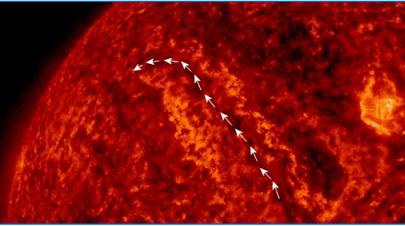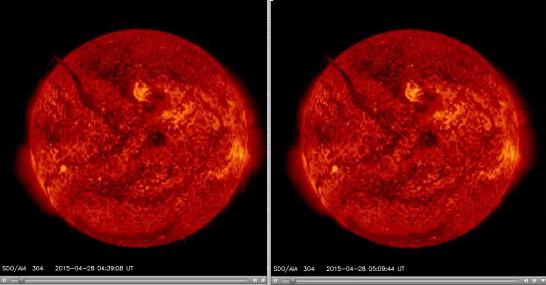I've heard that can happen but i have not been told where experiments such as minemoses wrote: I would have thought that double layers would have formed between the planet and Earth, such that the electrical effects would be at the double layers where there is the big potential difference. Then Birkeland currents would have broken through the double layers touching down on the Earth for a few days probably.
Cheers,
Mo
cease to be applicable or how such condition might reveal themselves at low power.
I would not be surprised to hear of the electrostatic effect being a low level
double layer.. The pathway for a large scale discharge my just be the exploitation
of material drawn up into the gap by electromagnetic effects ..
Here again,, i am just sharing observations from experiments which
demonstrate and replicate some of the characteristics of electrical discharge..
These observations are not intended to be an "answer-to-all" possibilities.
My hope has been the persuit of clarity rather than blindly applying
a single process across the board to explain the diversity of features
seen across the globe. The sequence of events which might be unleashed
must not be overlooked as single-process schools-of-thought seem
to practice regularly so that prizes and glory be won by a few rather than
the many ... d...z
...





